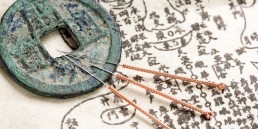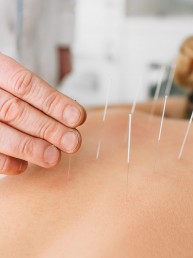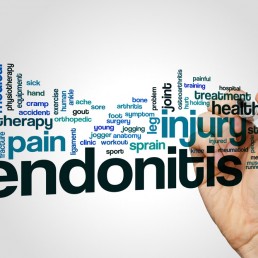Acupuncture
Acupuncture treatment involves the placement of very fine needles into specific sites located on the surface of the body. In order to produce a physiological response from both the central nervous system and locally in the tissues of the body.
Acupuncture has its roots in Traditional Chinese Medicine. Because of it’s popularity in western healthcare today and our society’s attitude to wellbeing, different approaches in needling techniques have resulted. Also a diversity in individual healthcare practitioners rationale and for treatment. These different approaches are broadly referred to as either “Traditional Chinese Acupuncture” or “Dry Needling/Western Acupuncture”. At Life Physiotherapy we use both approaches. Tailoring the treatment to maximise outcome for each individual case.
Acupuncture is used in a broad spectrum of healthcare related scenarios, but as Physiotherapists it’s used within the scope of our practice. Being part of a specific physiotherapy management program with a designed target outcome. Examples are points selected for reducing swelling and oedema. Points selected to promote tissue healing such as tendons or ligaments. Alternatively needles are used to reduced muscle spasm and pain while the physio works manually on mobilising joints. In the case of a lower back pain treatment program for example.
It’s worth noting that ones reaction to, or the benefit gained from acupuncture can vary. A perceived lack of positive outcome from a treatment or from a specific practitioners approach is not always consistent for the individual. In other words, if you have tried acupuncture and found the effects to be insignificant. It’s not a given that will always be the outcome for you.
Acupuncture is useful for reducing pain and promoting the bodies natural healing mechanisms. It’s also an effective method of gaining deep muscular stimulation. Helping activate weak tired muscle and soothing sore tight muscles.










